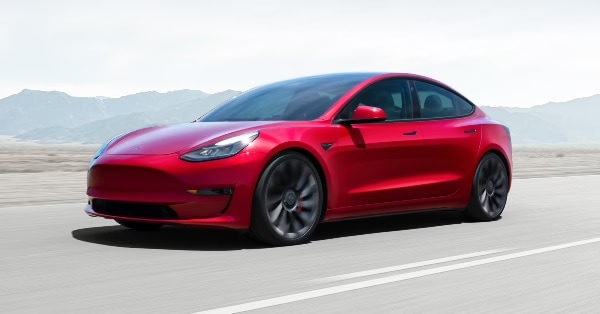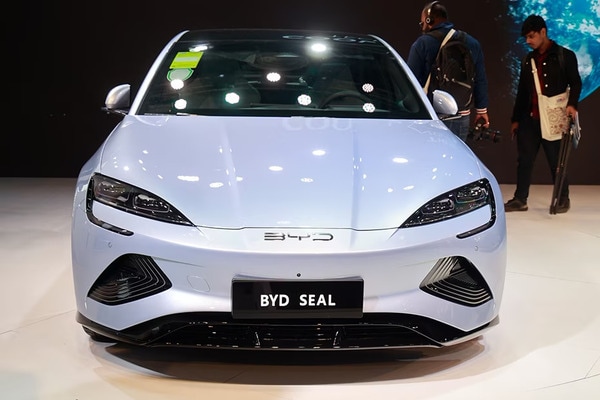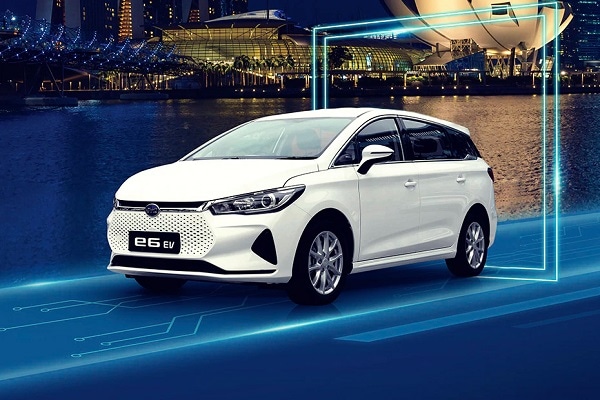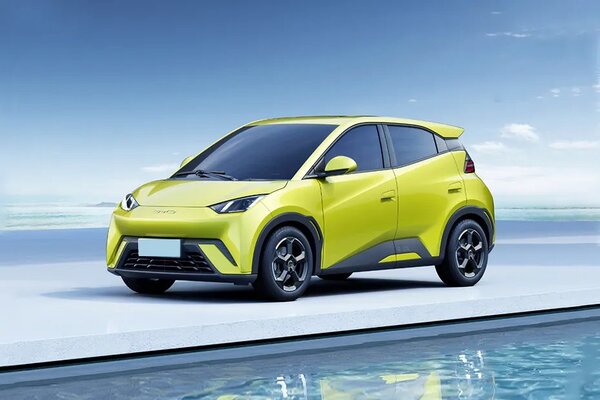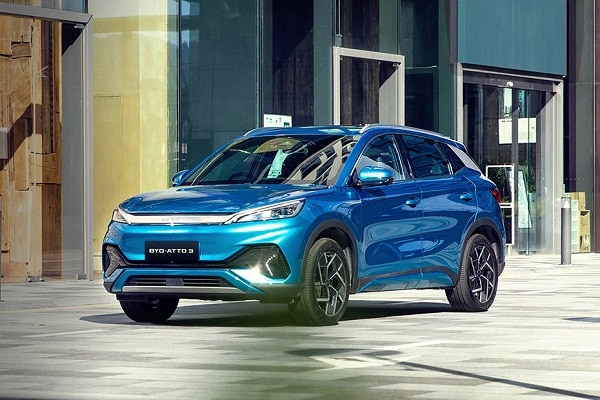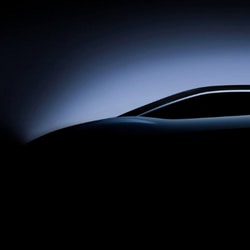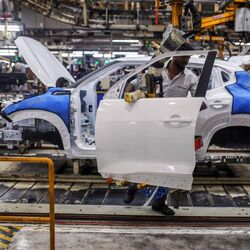China-based BYD threatens to dethrone Tesla as world's largest EV maker
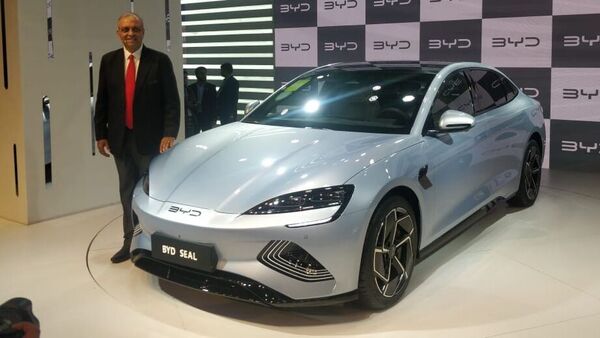

In the last edition of Bloomberg’s Hyperdrive newsletter, BloombergNEF offered up three predictions for the electric vehicle market in 2023: that sales will keep growing, albeit at a slower pace; that this will be a big year for plug-in trucks and vans; and that the global public charging station network will continue to steadily expand.
Today, let’s look at four more prognoses for the year, having to do with Tesla’s budding rivalry with BYD, the outlook for EV startups and battery prices, and the impact of the US Inflation Reduction Act. Again, these are pulled from a full report that BNEF and Bloomberg Terminal clients can find here.
Also check these Vehicles
Might BYD overtake Tesla in battery-electric vehicle sales?
Betting against Tesla historically has been a bad wager more often than not, but BNEF’s team of analysts reckon 2023 could end with a new EV volume leader. BYD has been expanding its model lineup, geographic footprint and manufacturing capacity very rapidly in the last two years. If you include the company’s plug-in hybrid electric vehicles, it already overtook Tesla in 2022, and its sales of fully electric vehicles soared to around 911,000 last year, from 321,000 in 2021.
BNEF still expects Tesla’s sales to grow by 30% to 40% in 2023 as its new plants near Berlin and in Austin, Texas, continue to ramp up. But the macroeconomic environment is shifting rapidly, with higher interest rates, falling home prices and battered stock markets all starting to weigh heavily on consumers’ purchase decisions. Elon Musk’s Twitter antics also are turning off some potential buyers just as the competition heats up.
Tesla’s Model Y will still be the best-selling EV in the world in 2023 and likely will make it into the top-three models of any type after cracking the top five in 2022. Tesla’s Supercharger network is also still a major differentiator, particularly in North America, where public charging is less developed.
This race will go down to the wire and depend heavily on pricing strategies. With major price cuts just made in the US and Europe, and already in play in China, Tesla is showing willingness to wage a price war to keep its volume growing. Tesla has room to maneuver here and probably can stay ahead for much of the year, but BYD may be able edge out its competitor in the final months. BYD’s sales are still mostly concentrated in China, so its success will depend in large part on how the country unwinds its Covid Zero policy. Both will remain miles ahead of legacy automakers, with Volkswagen finishing a distant third place.
Battery prices stay elevated, averaging $152 per kilowatt-hour
In 2022, the volume-weighted average prices of lithium-ion battery packs across all sectors averaged $151 per kWh, a 7% increase and the first time BNEF recorded a rise. BNEF expects the average battery pack price to rise slightly this year to $152 per kWh.
Lithium prices will remain elevated, but should stay below earlier highs and pave the way for battery prices to decline again in 2024.
The US Inflation Reduction Act puts the US in the EV and battery-making game
One of the big surprises of 2022 was the Inflation Reduction Act and its provisions to help boost EV adoption and on-shore EV manufacturing and the battery supply chain. While some details are still forthcoming, automakers and battery manufacturers are already responding. BNEF tracked almost $28 billion in new investment announcements in North America related to e-mobility and batteries after the law passed in August.
China’s lead here is formidable, but it’s still early days for this transition. Only 2% of cars on the road globally are electric today, and there’s a lot to play for as nations and regions looks to build the next clusters of technology and manufacturing. Importantly, with much of the investment in the US flowing into red states, EVs should be a less-partisan issue this year and beyond.
We expect that more than $80 billion will be committed to the North American battery supply chain in 2023. These decisions are complex and often evaluated over many years, so pinning causality purely on IRA isn’t appropriate. Still, incentives are tipping the scales, and we’ll gradually get more clarity on how other regions will respond. Industrial policy is back in vogue, with EVs and batteries at center stage.
A wave of bankruptcies and consolidation
There are too many automakers, and 2023 will make this painfully clear.
The number of auto producers has been rising steadily for the last decade as the combination of cheap money and a window of opportunity with respect to electrification enticed new entrants. Slowing EV sales growth will cause a reckoning, as many realize they either don’t have the capital to reach scale, the segments they’re targeting are already crowded (for example, the premium end of the market) or consumers are simply not interested in taking a leap on a relatively unknown brand during a time of economic uncertainty.
The window of opportunity for new entrants has closed, and the number of automakers will decline this year. Other areas of the e-mobility value chain should fare better but also could see a thinning of the ranks.







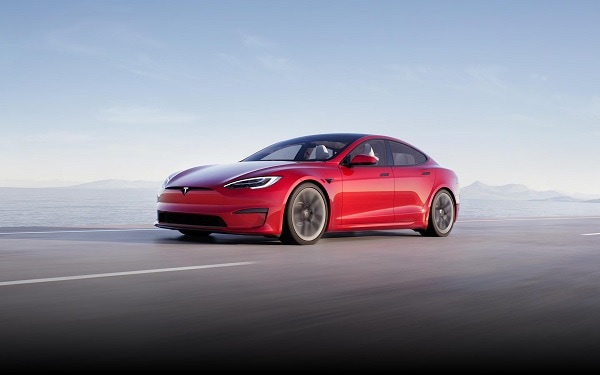
 75 kWh
75 kWh 396 km
396 km